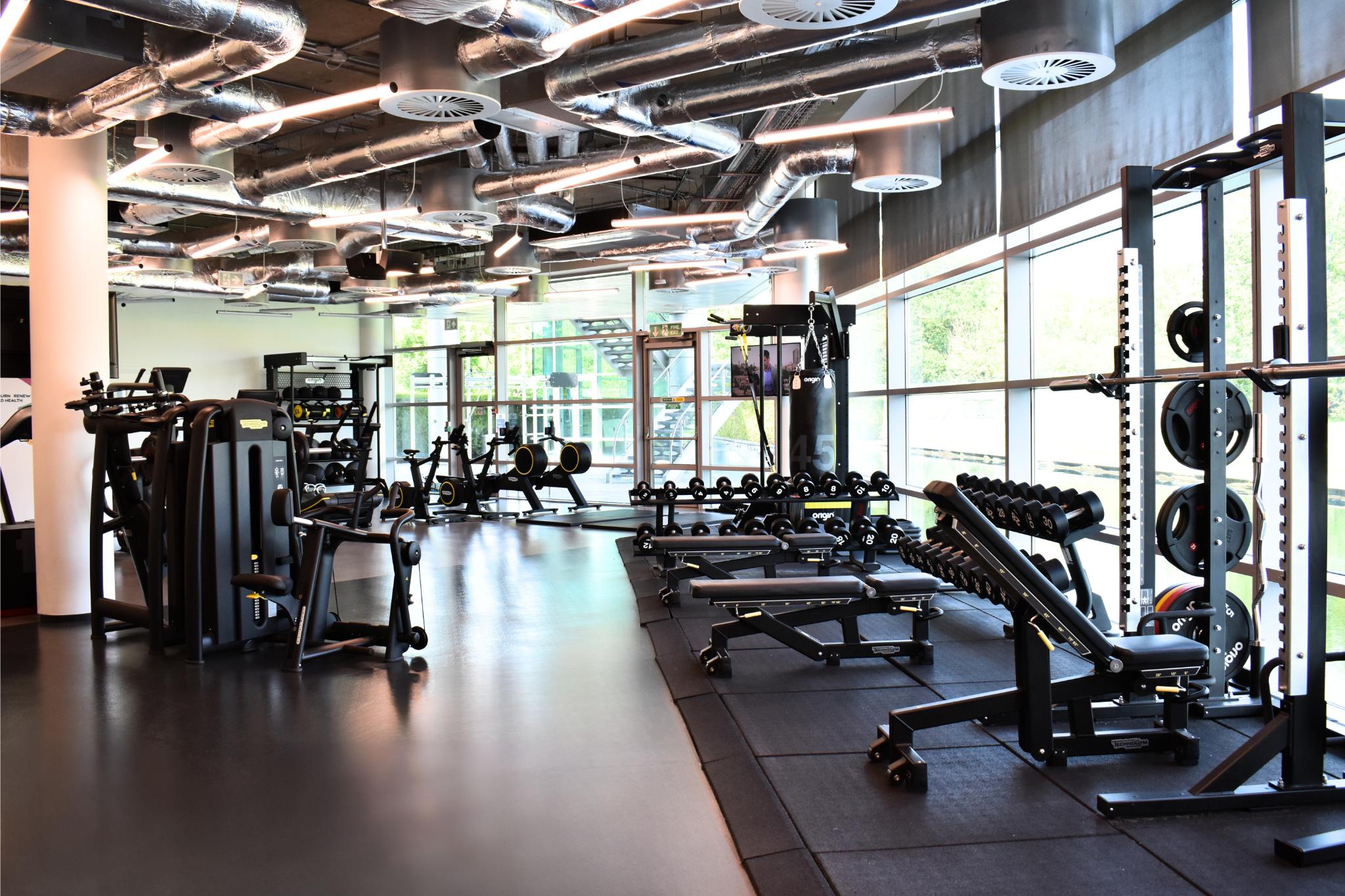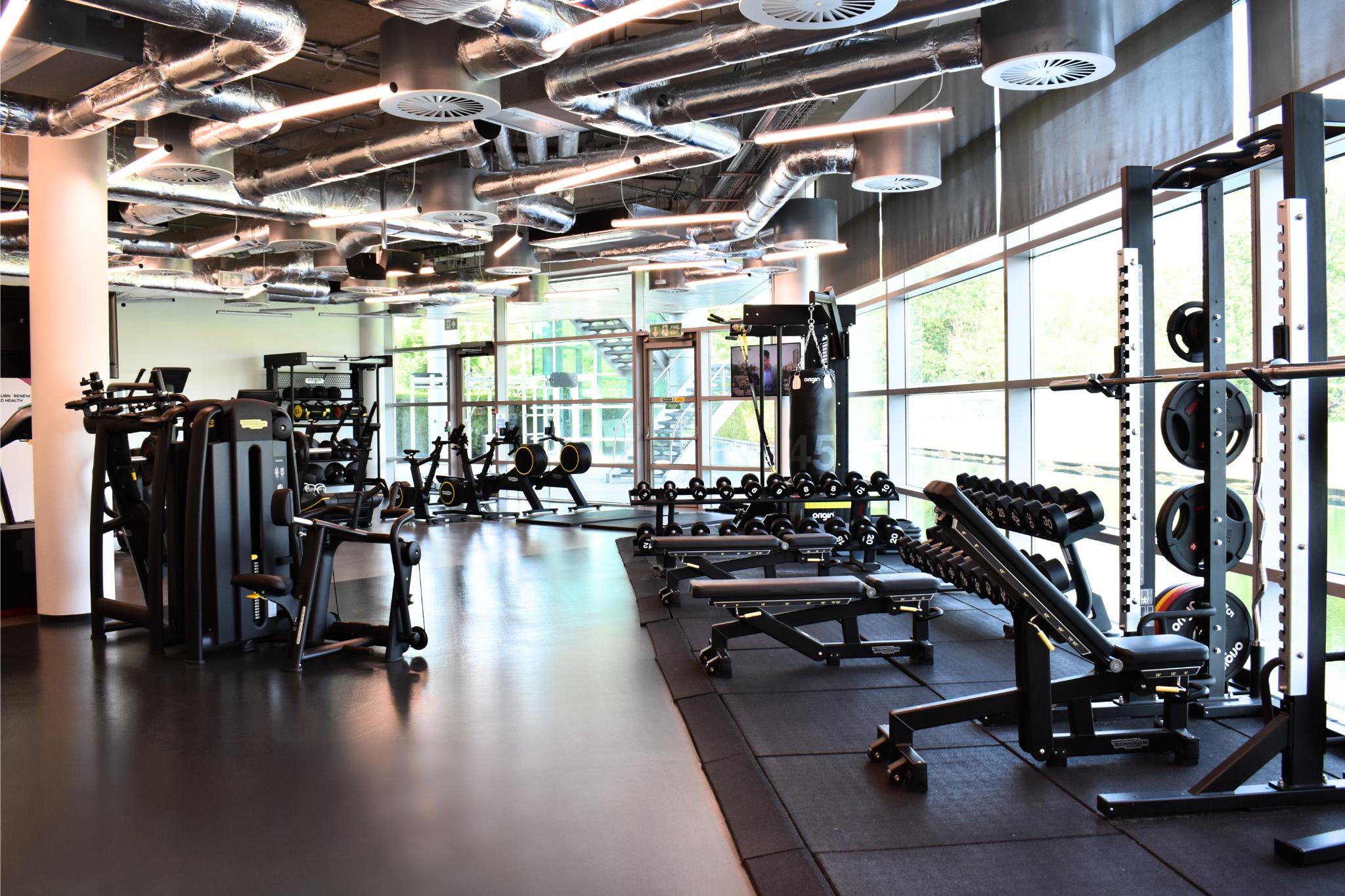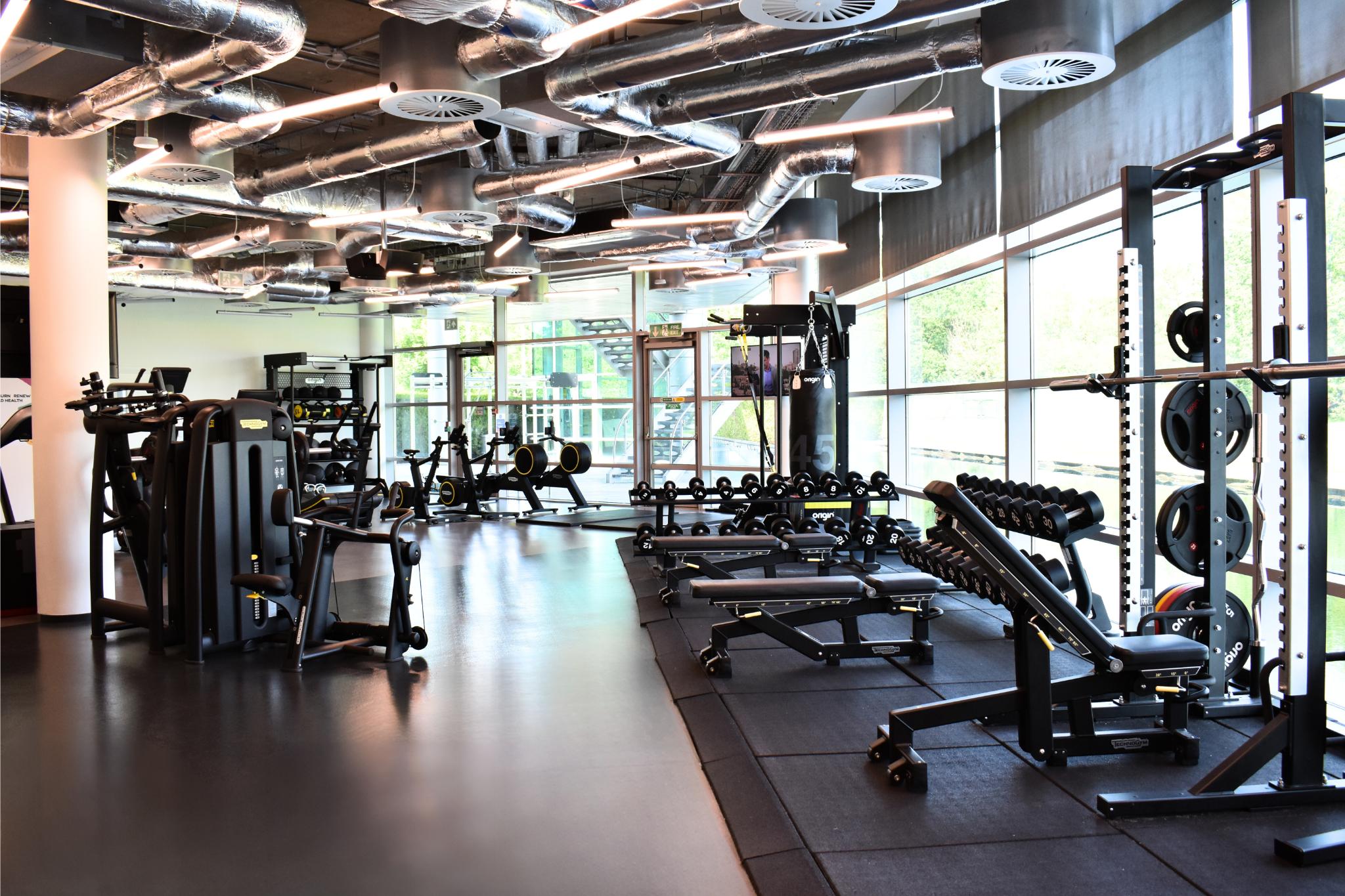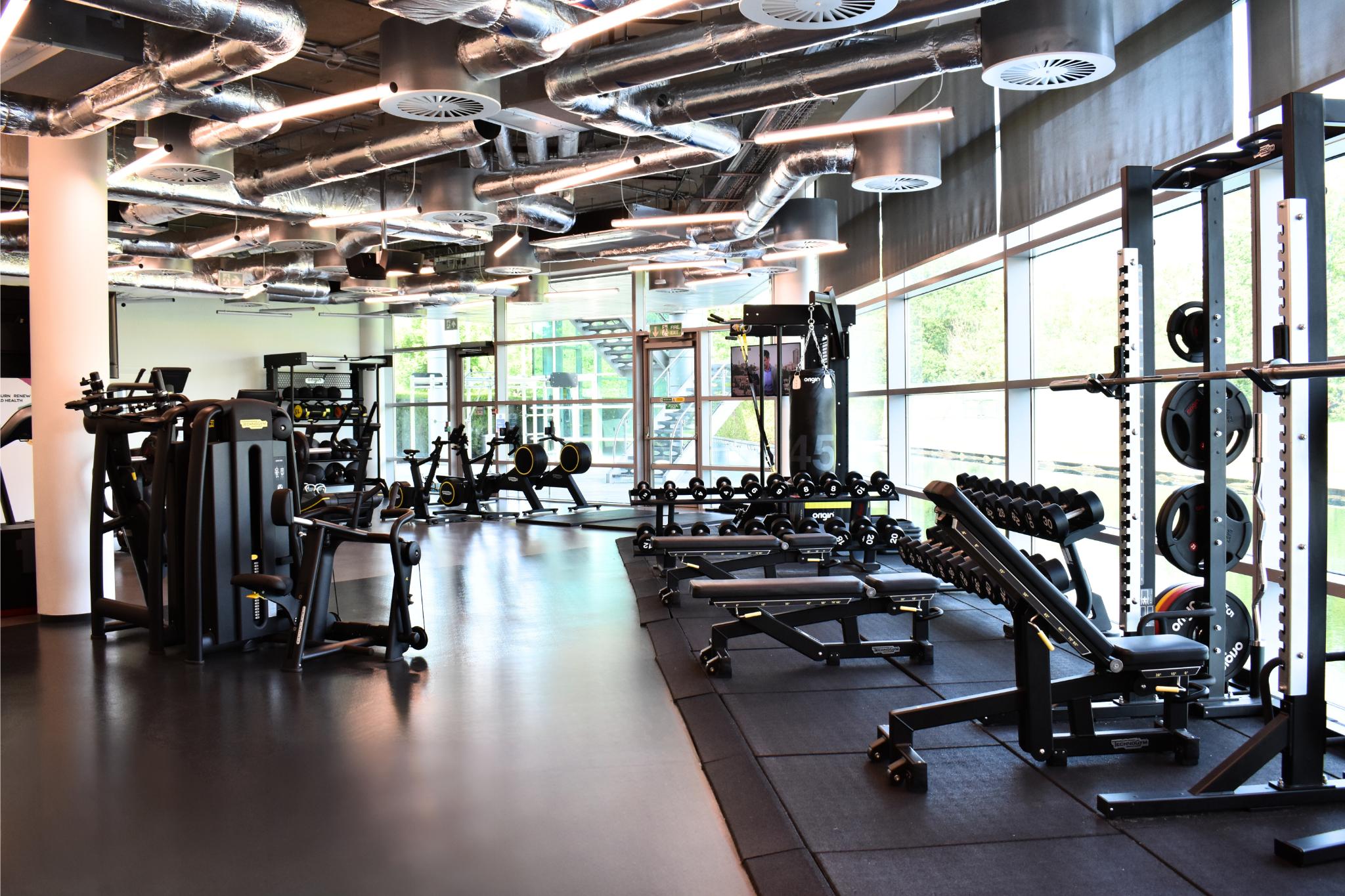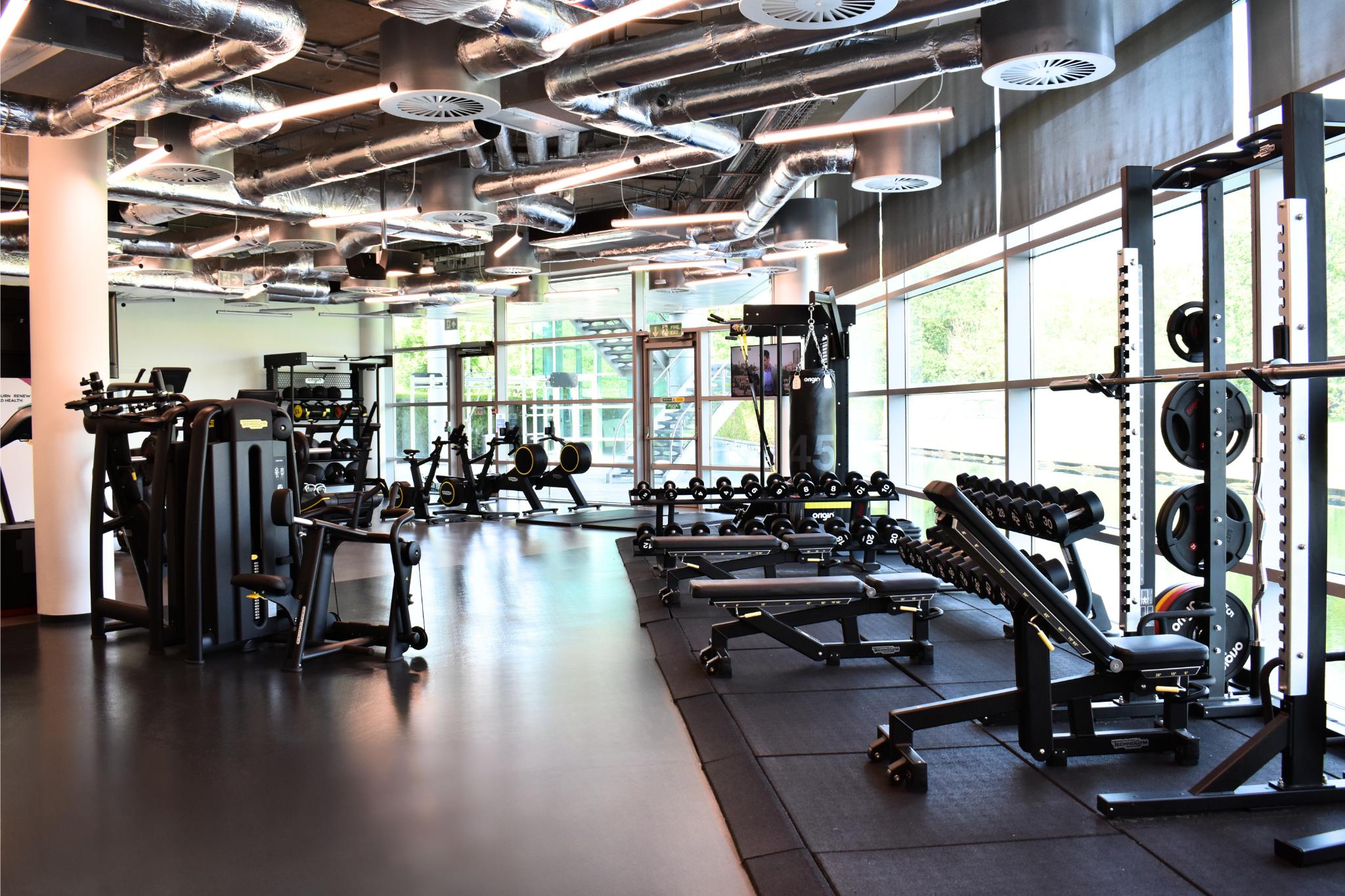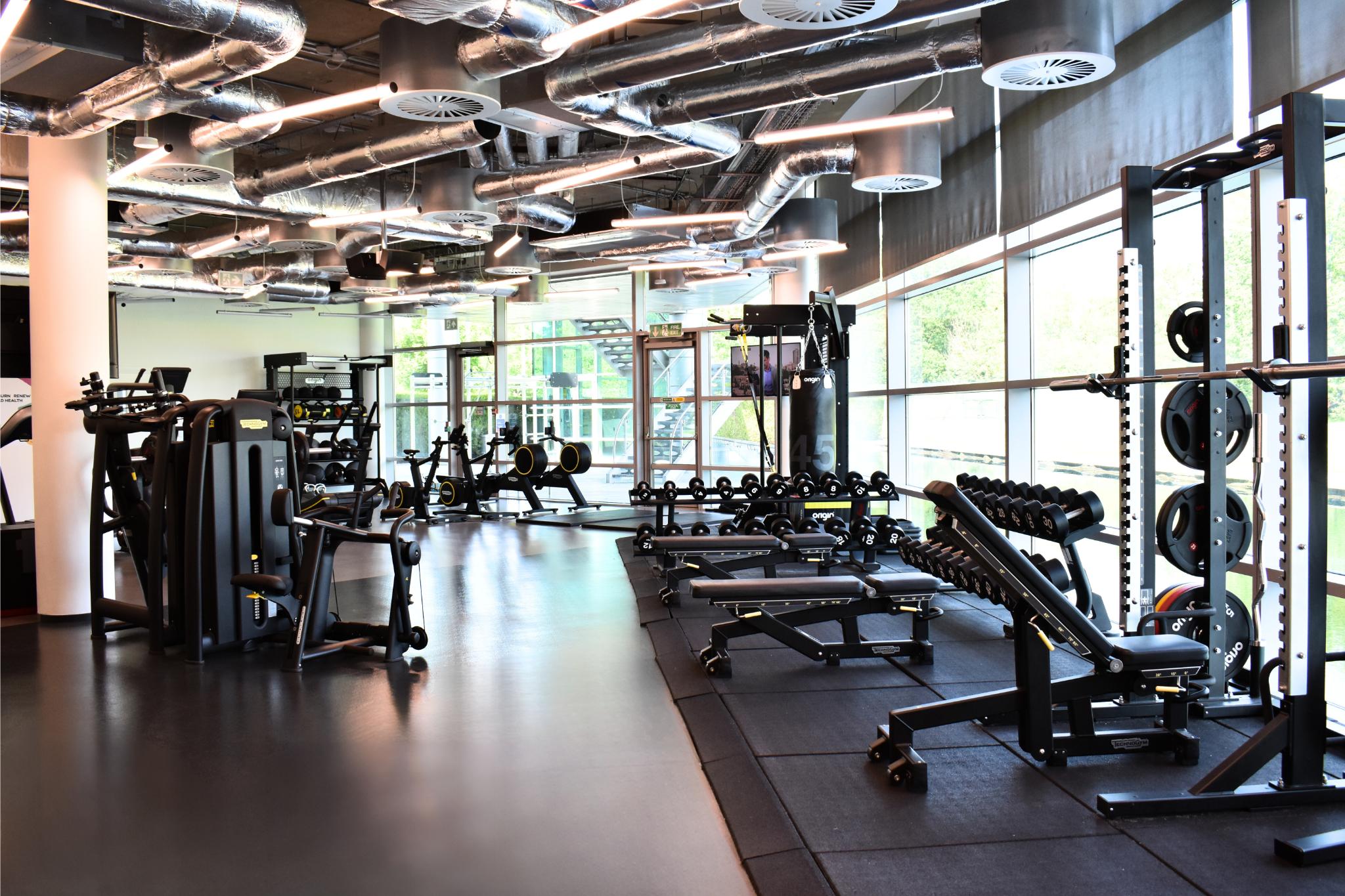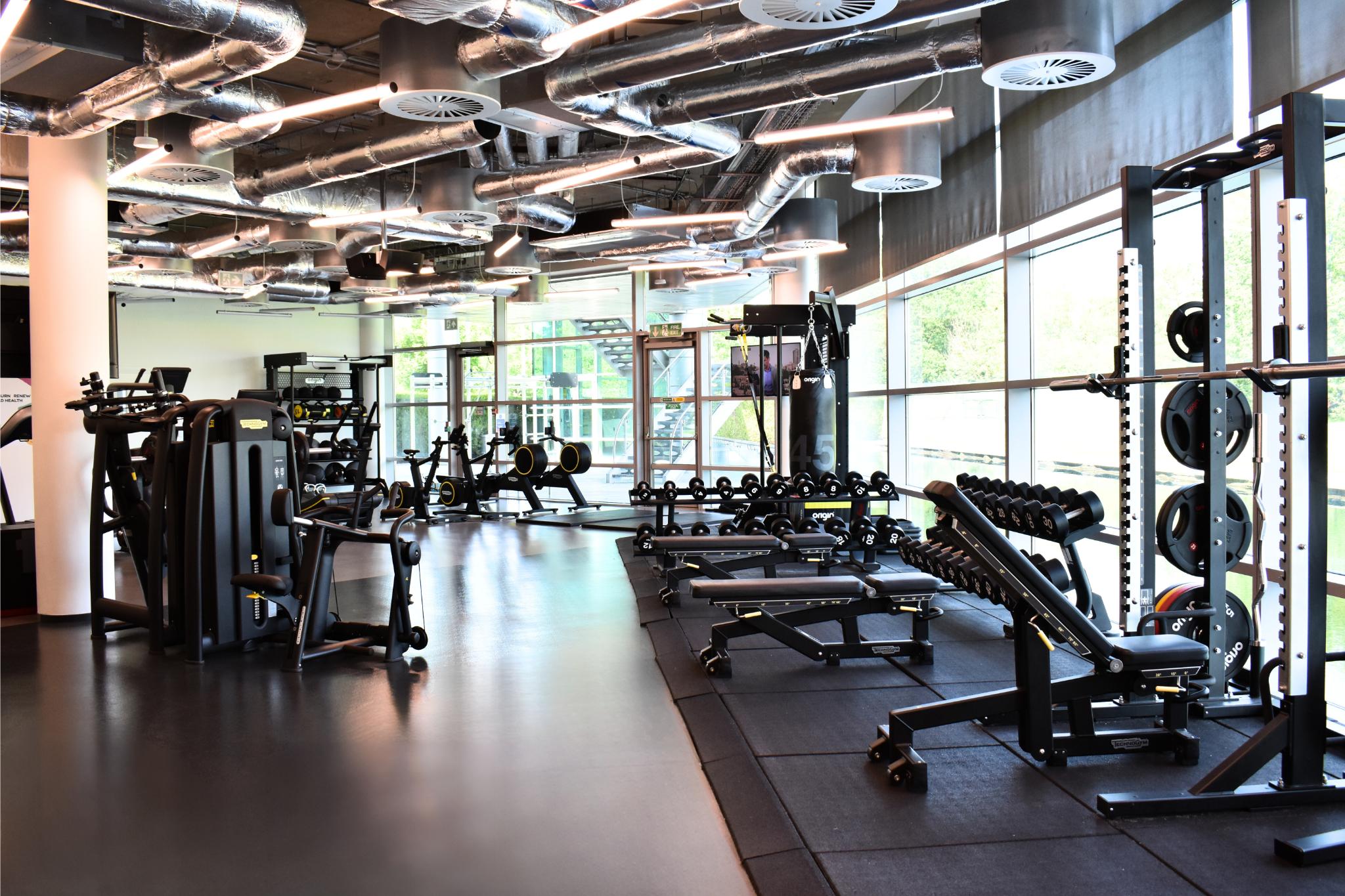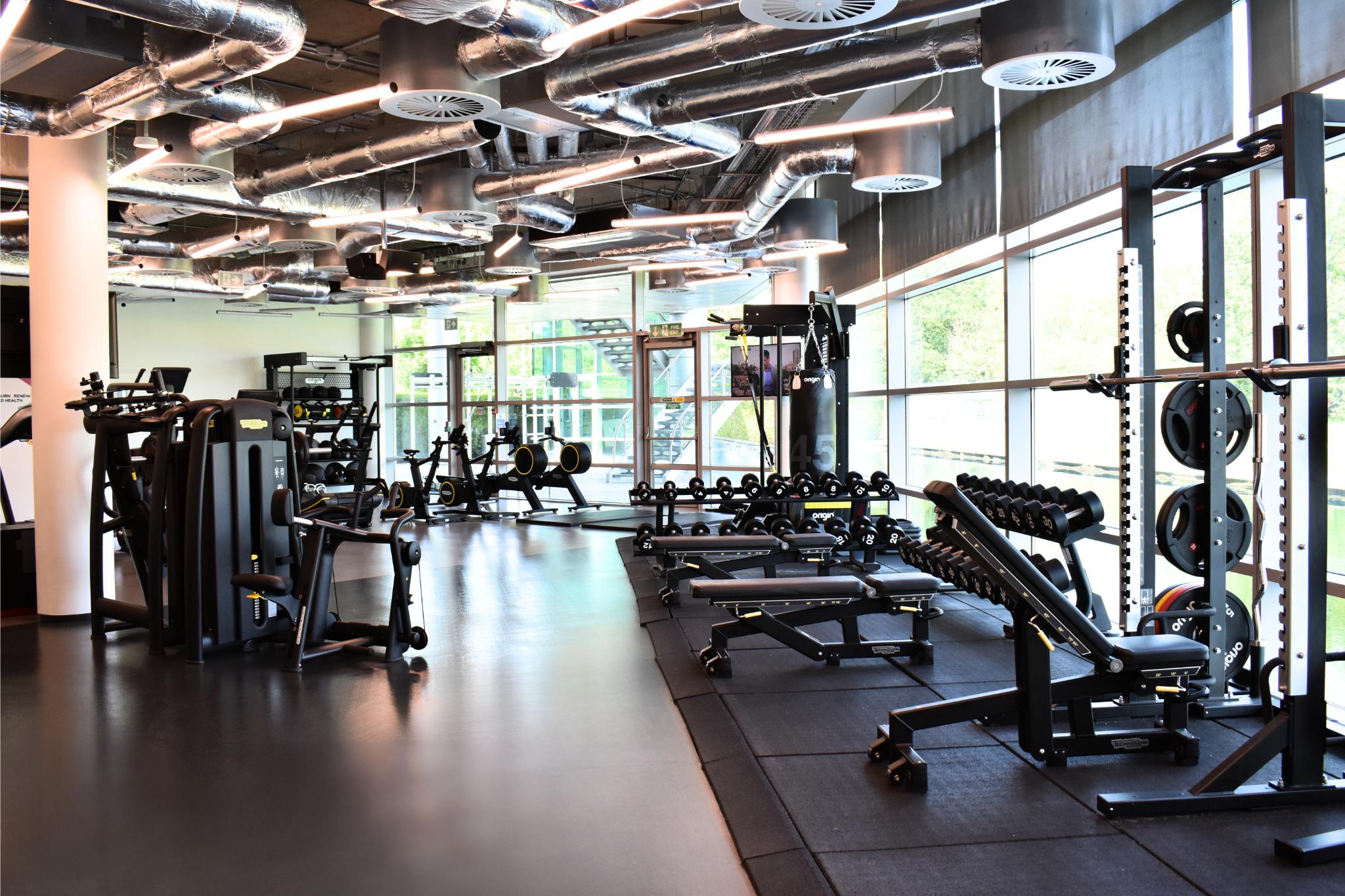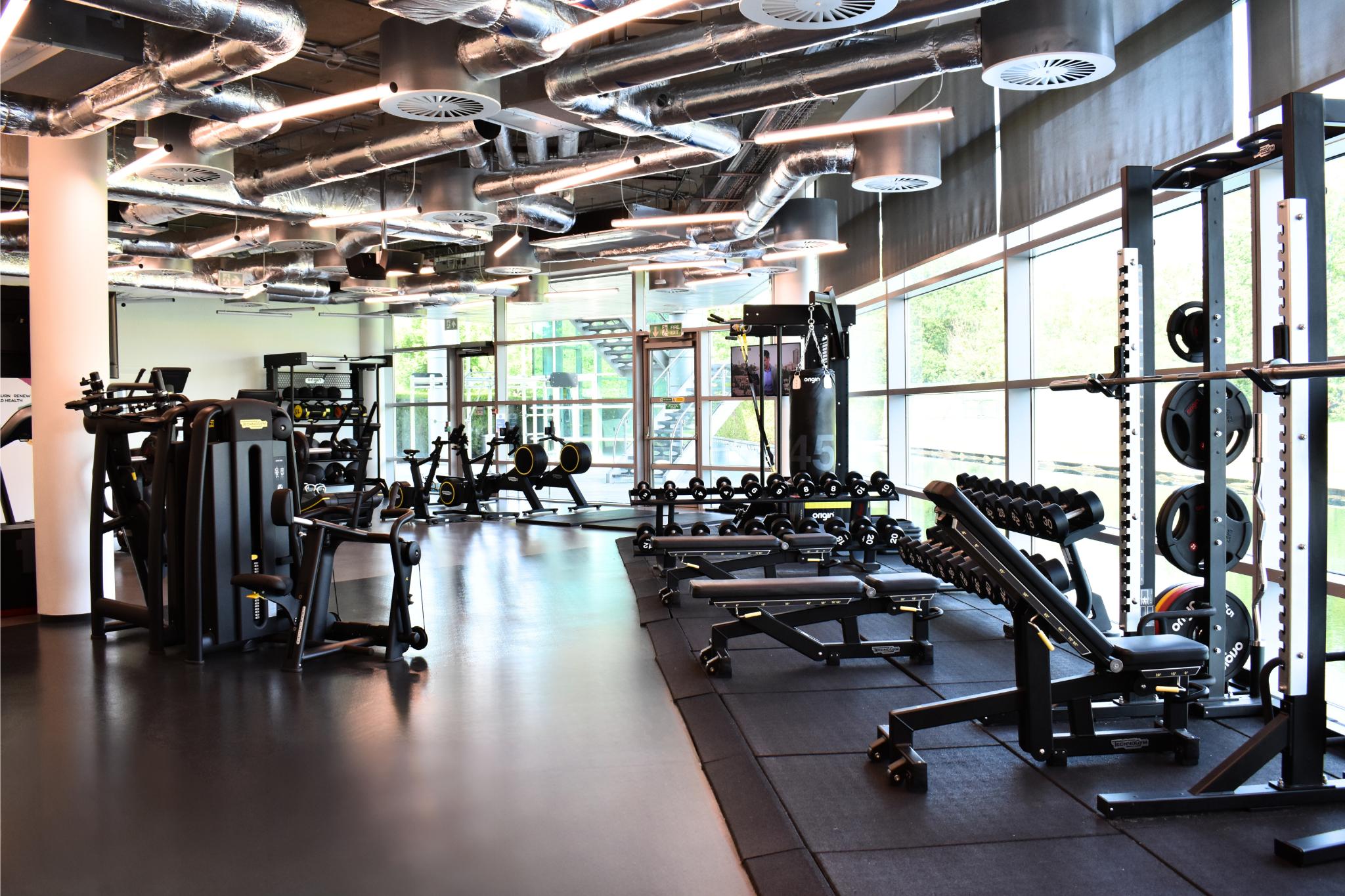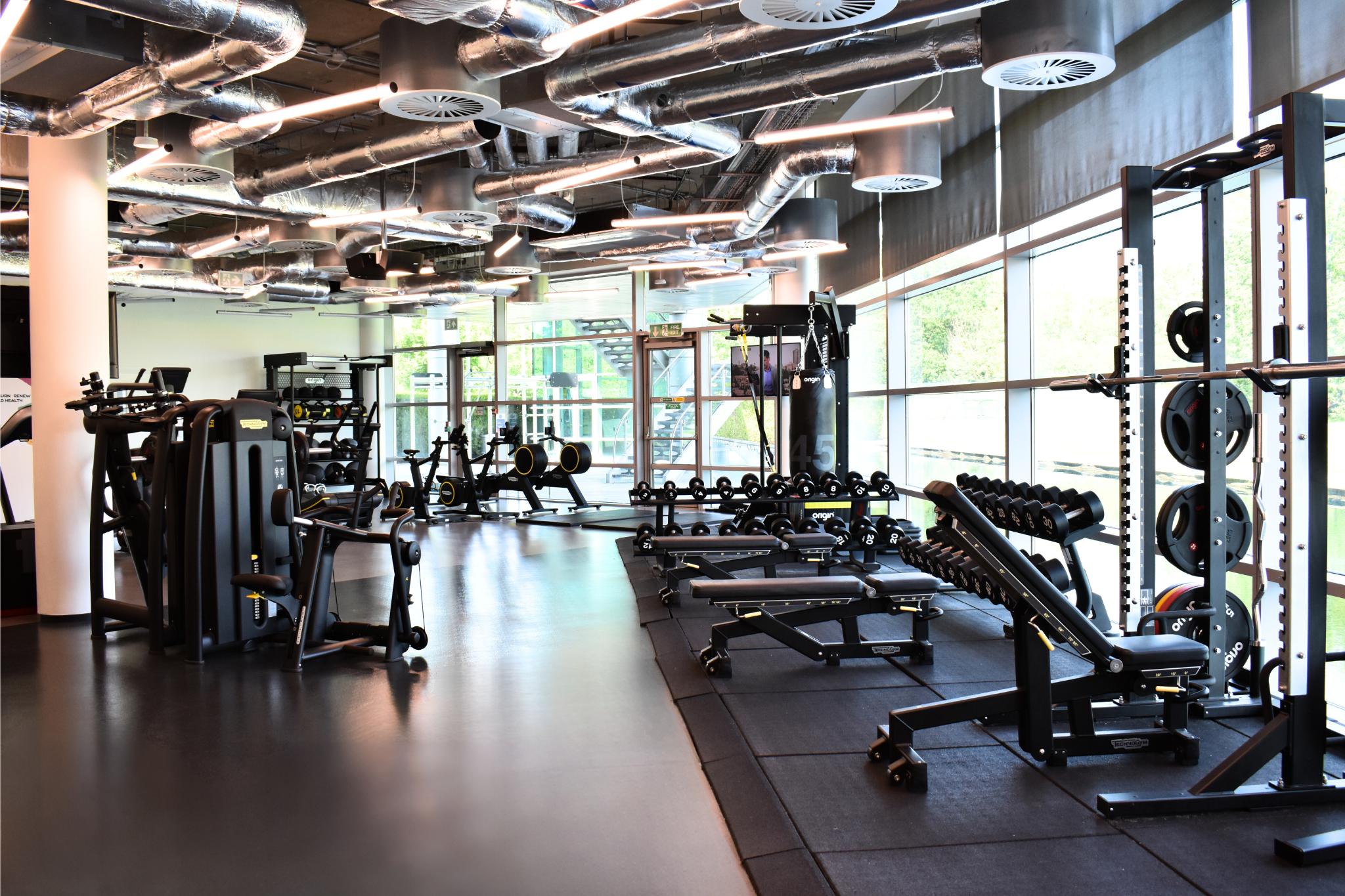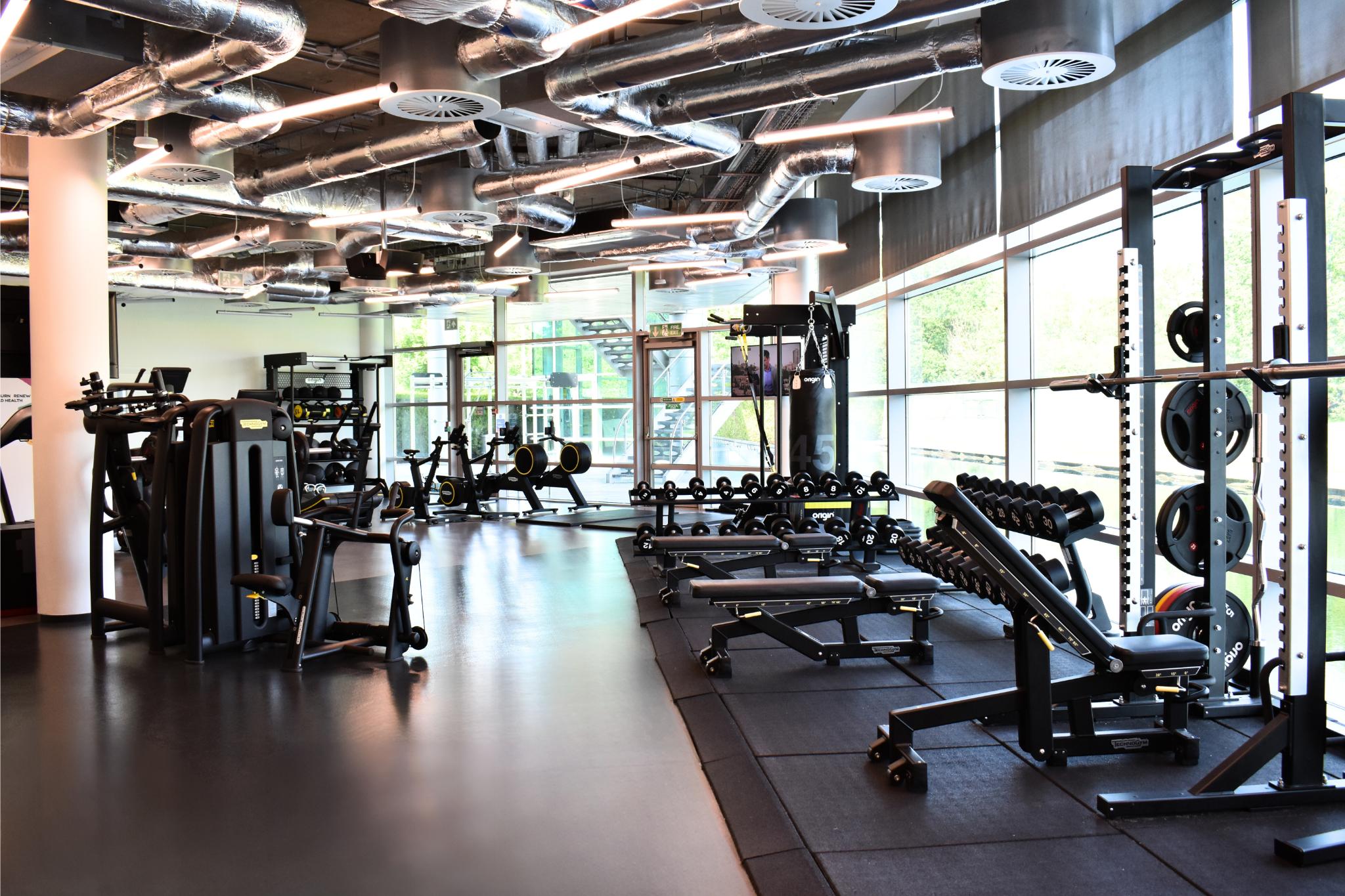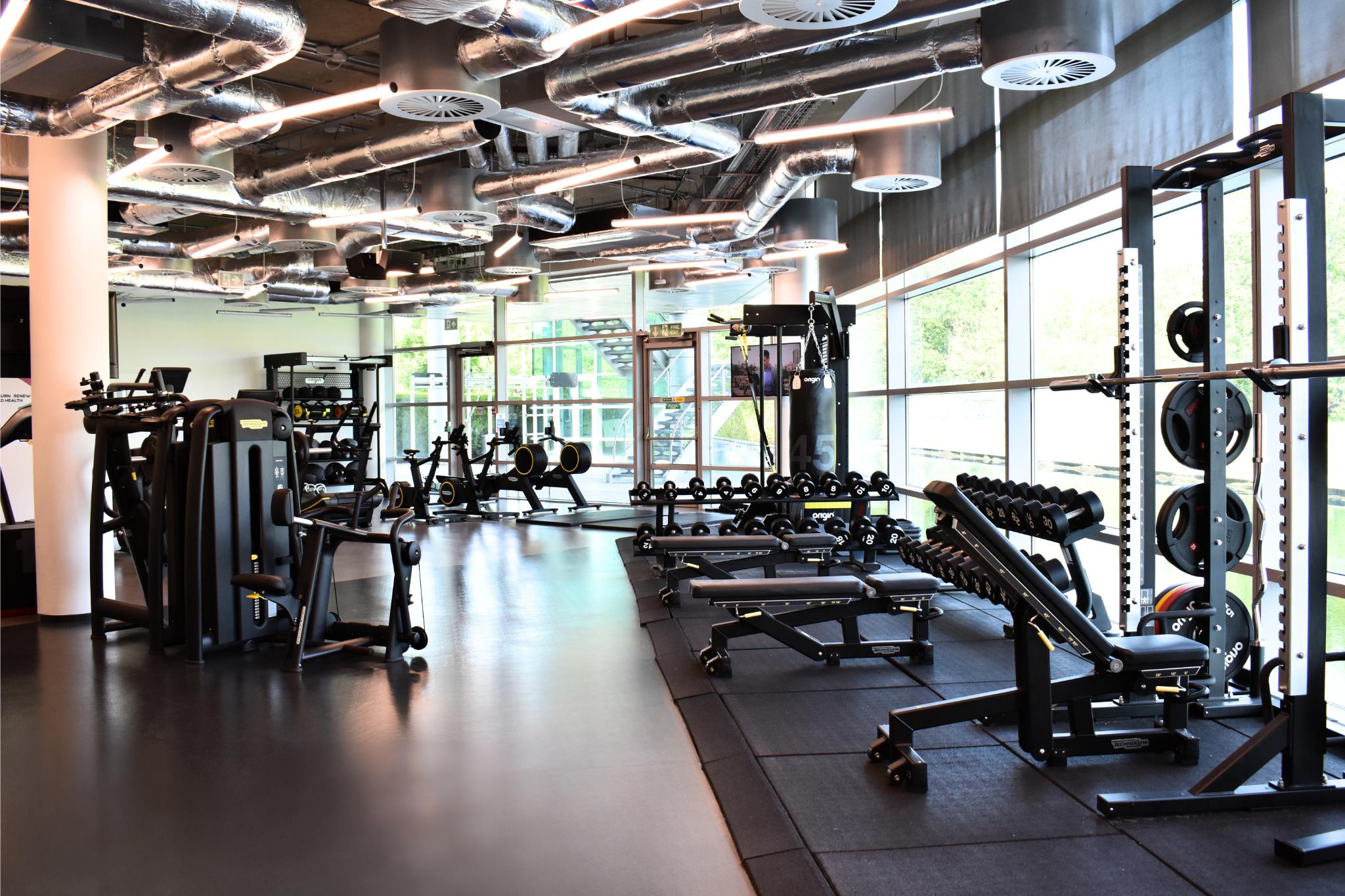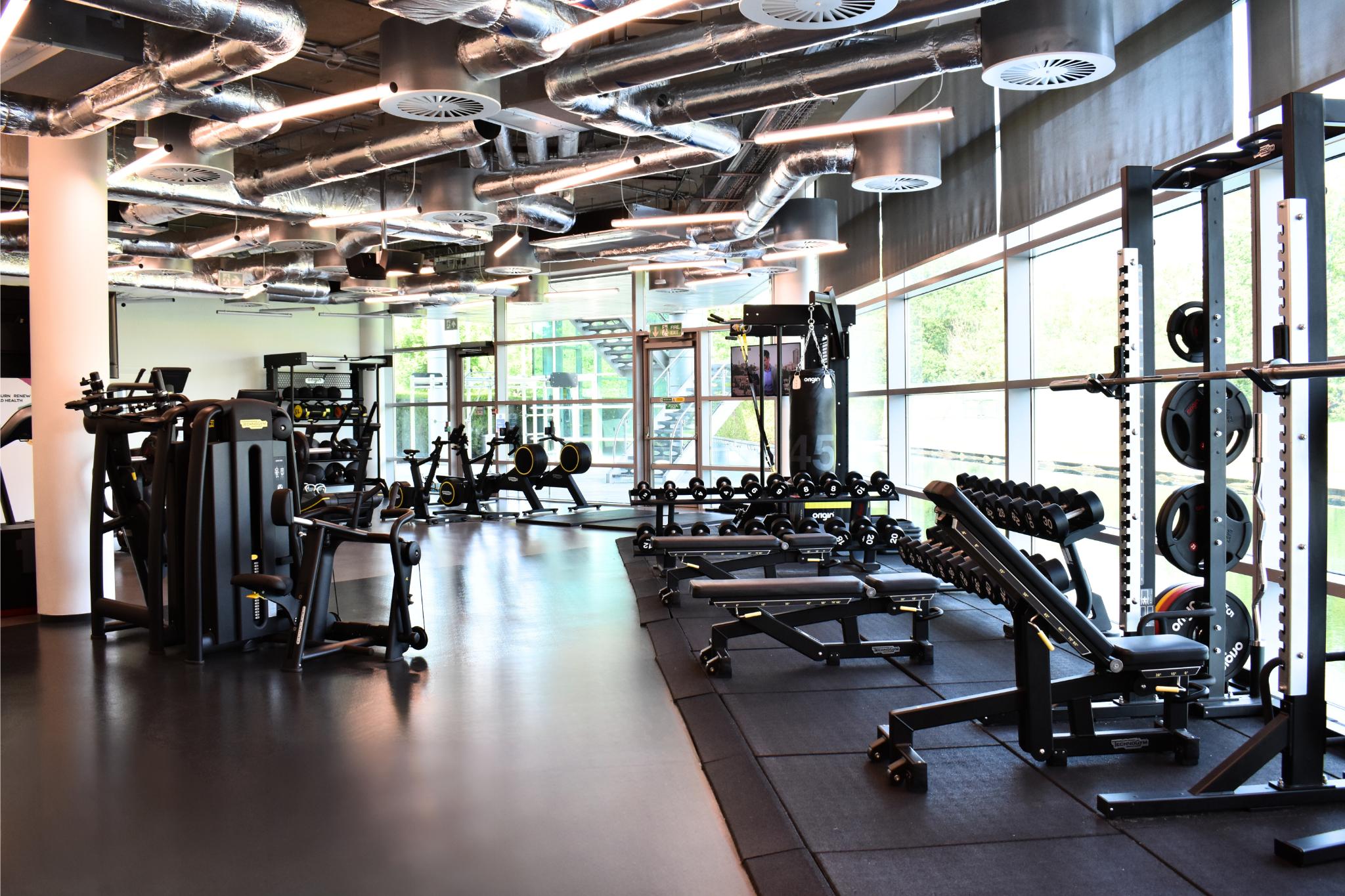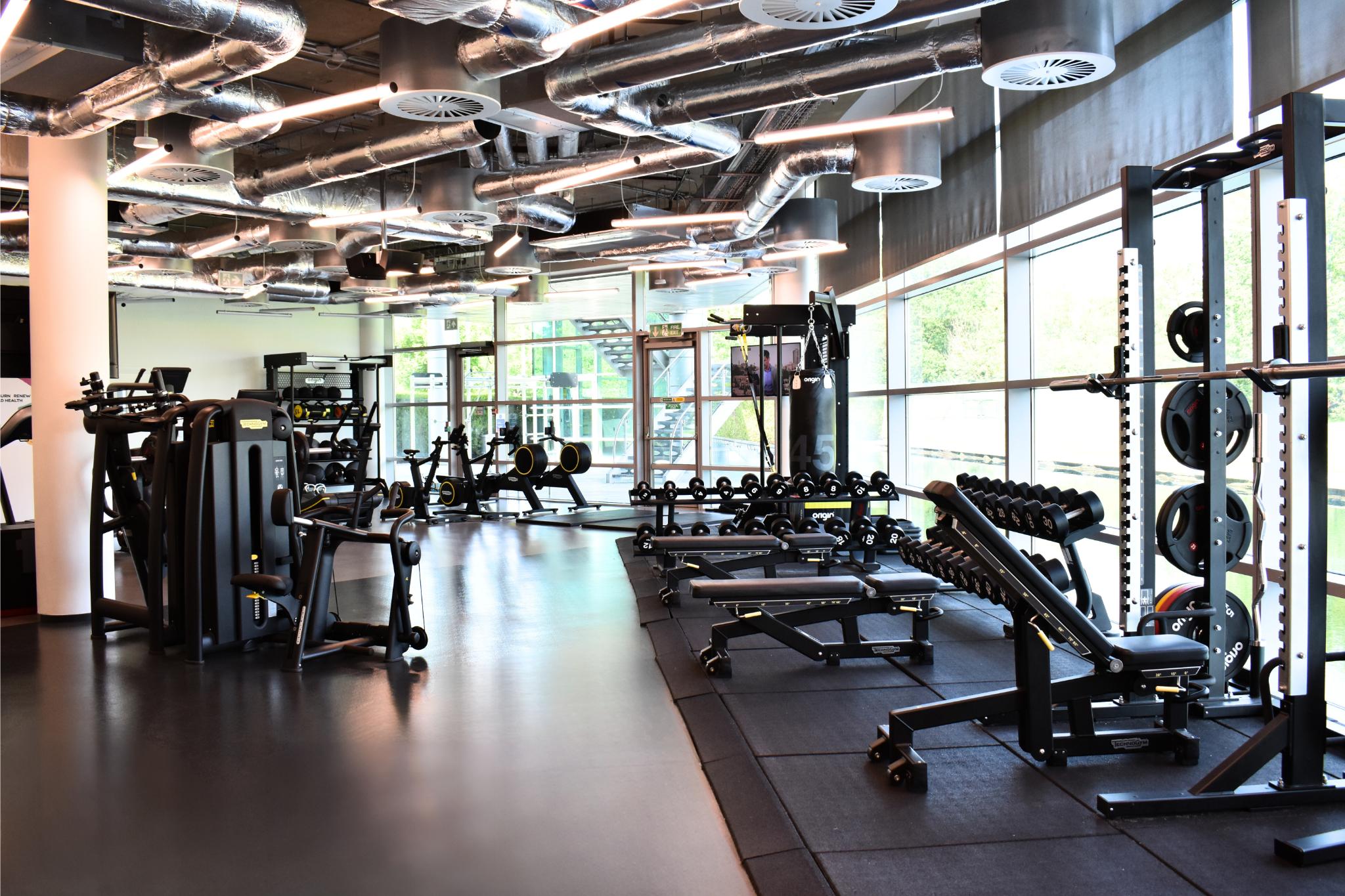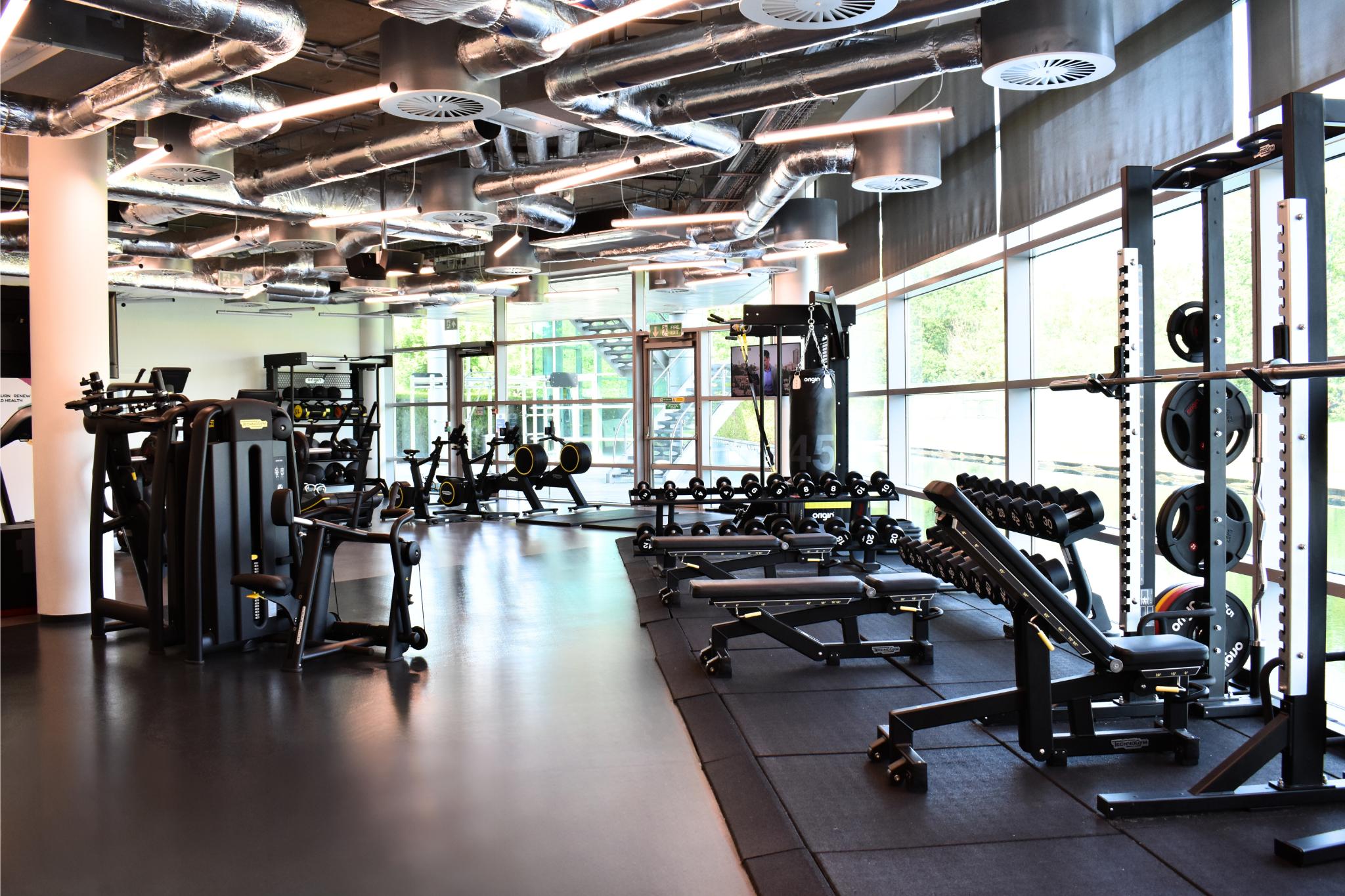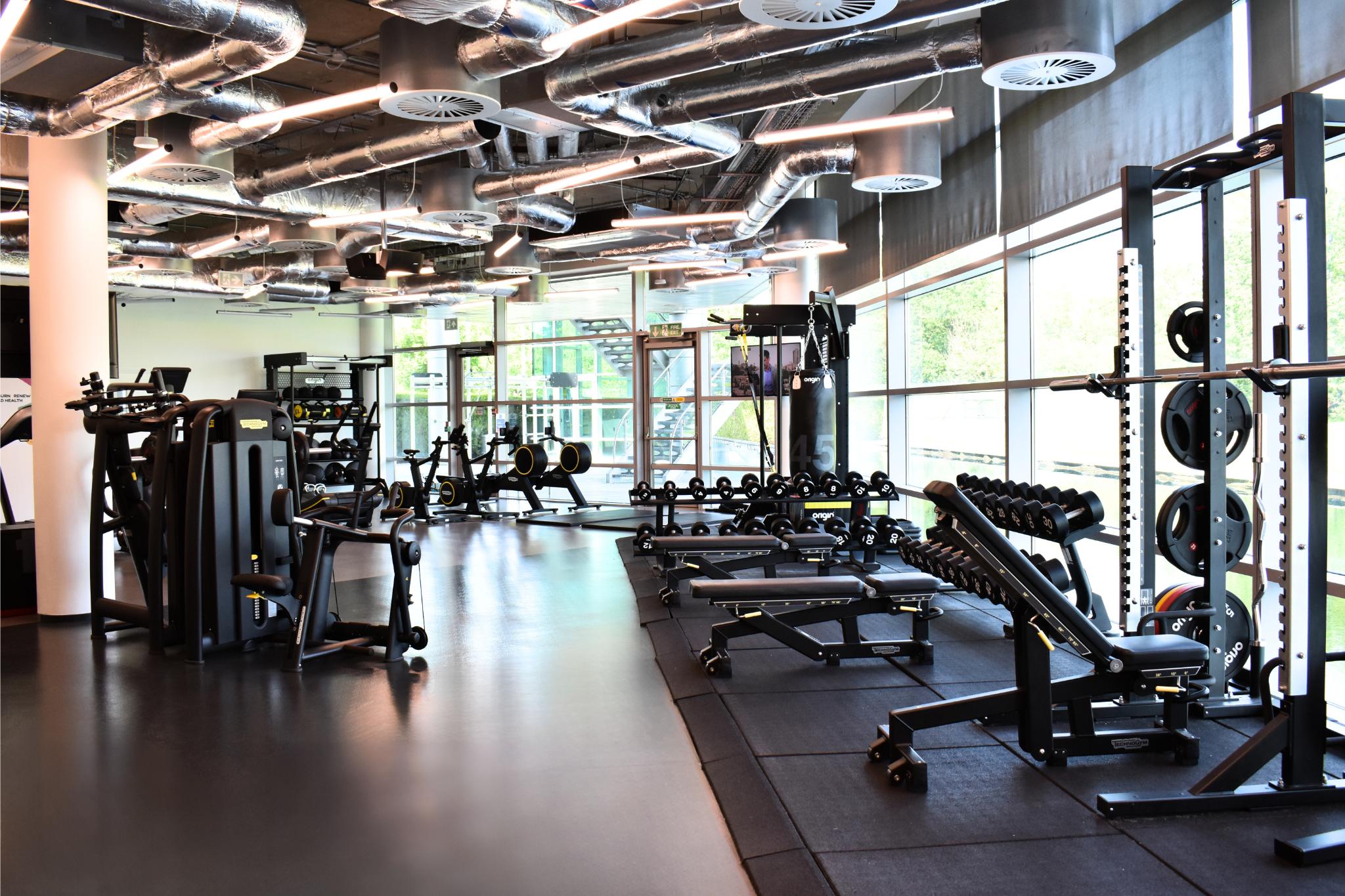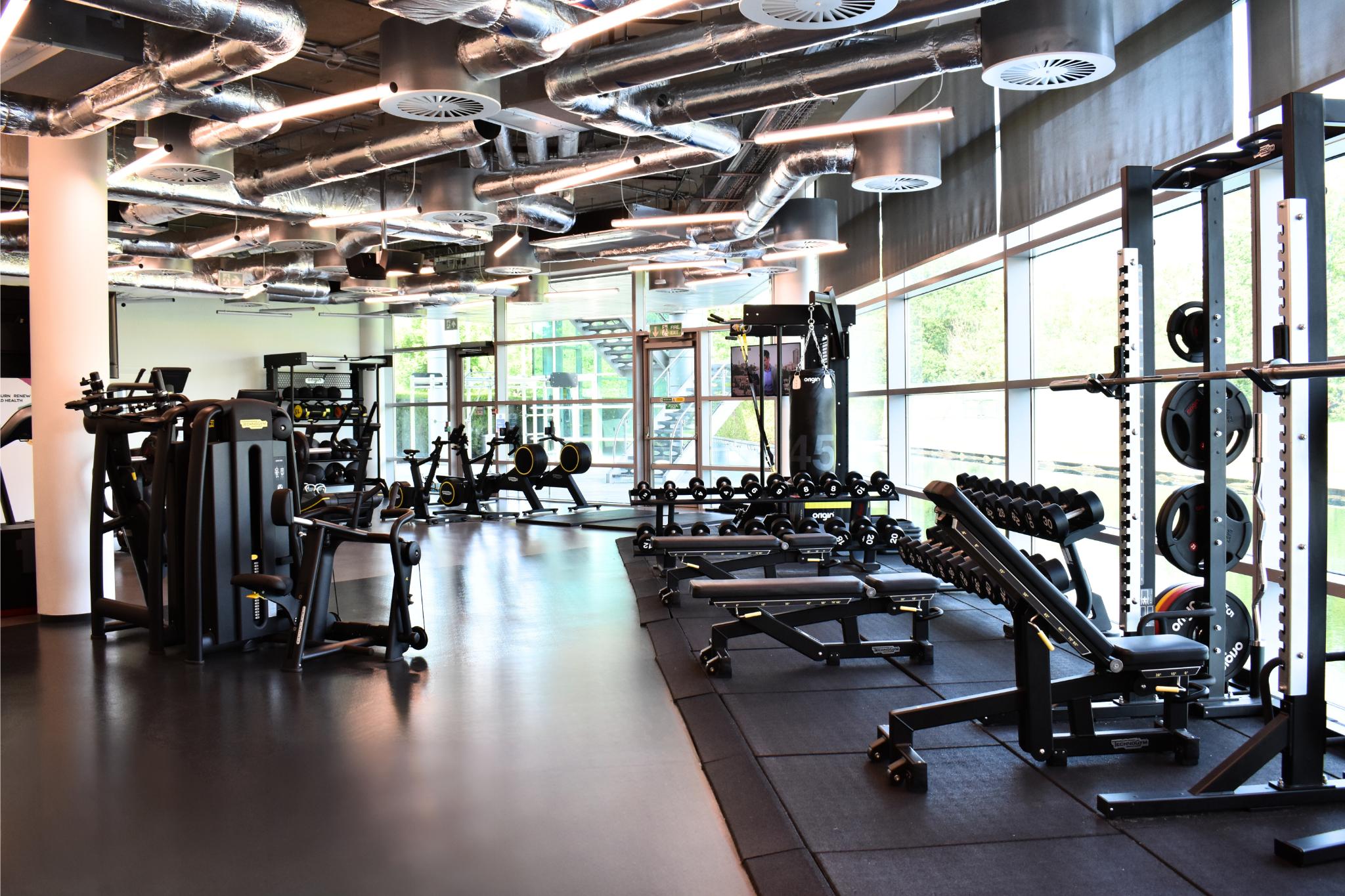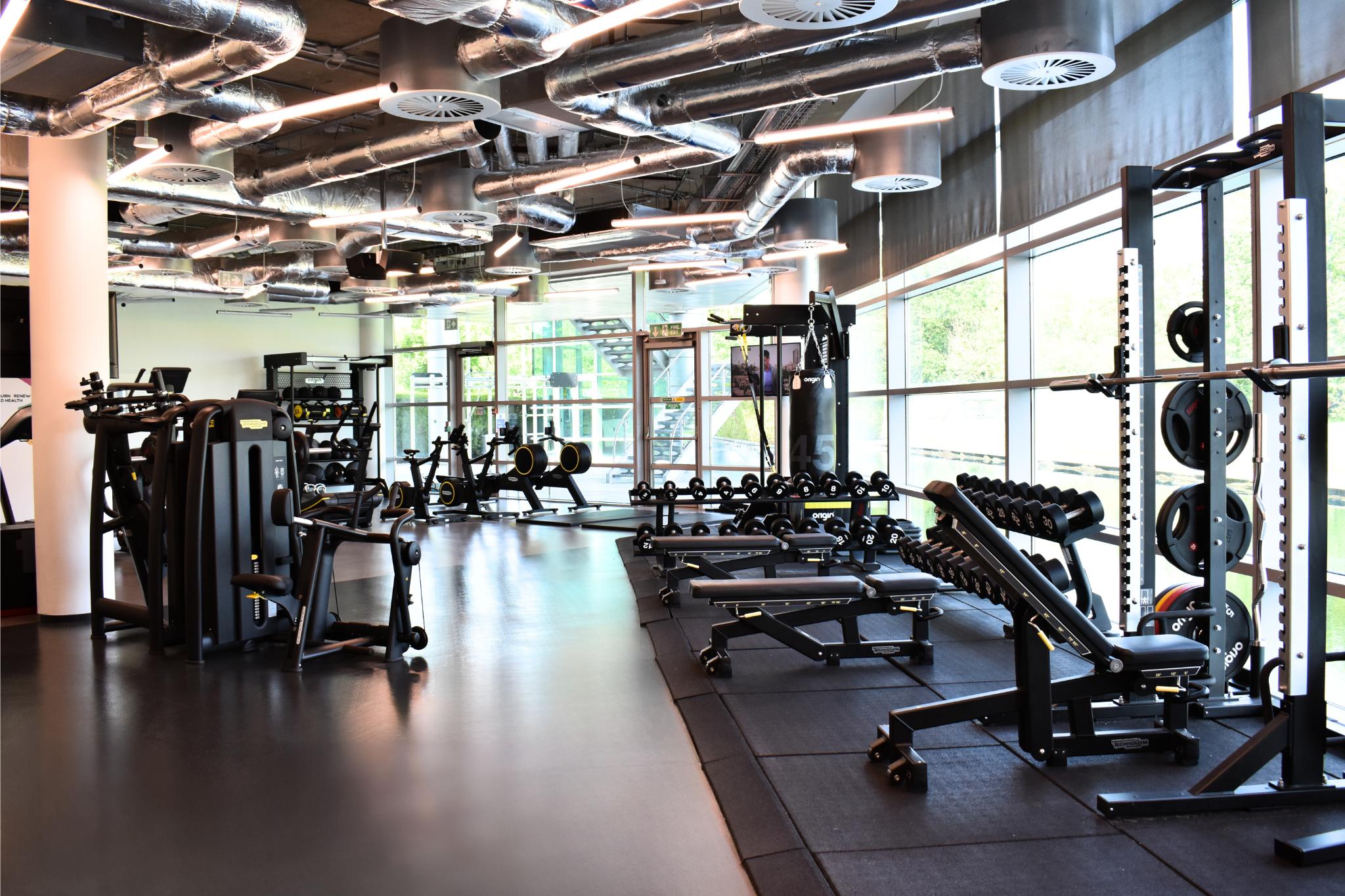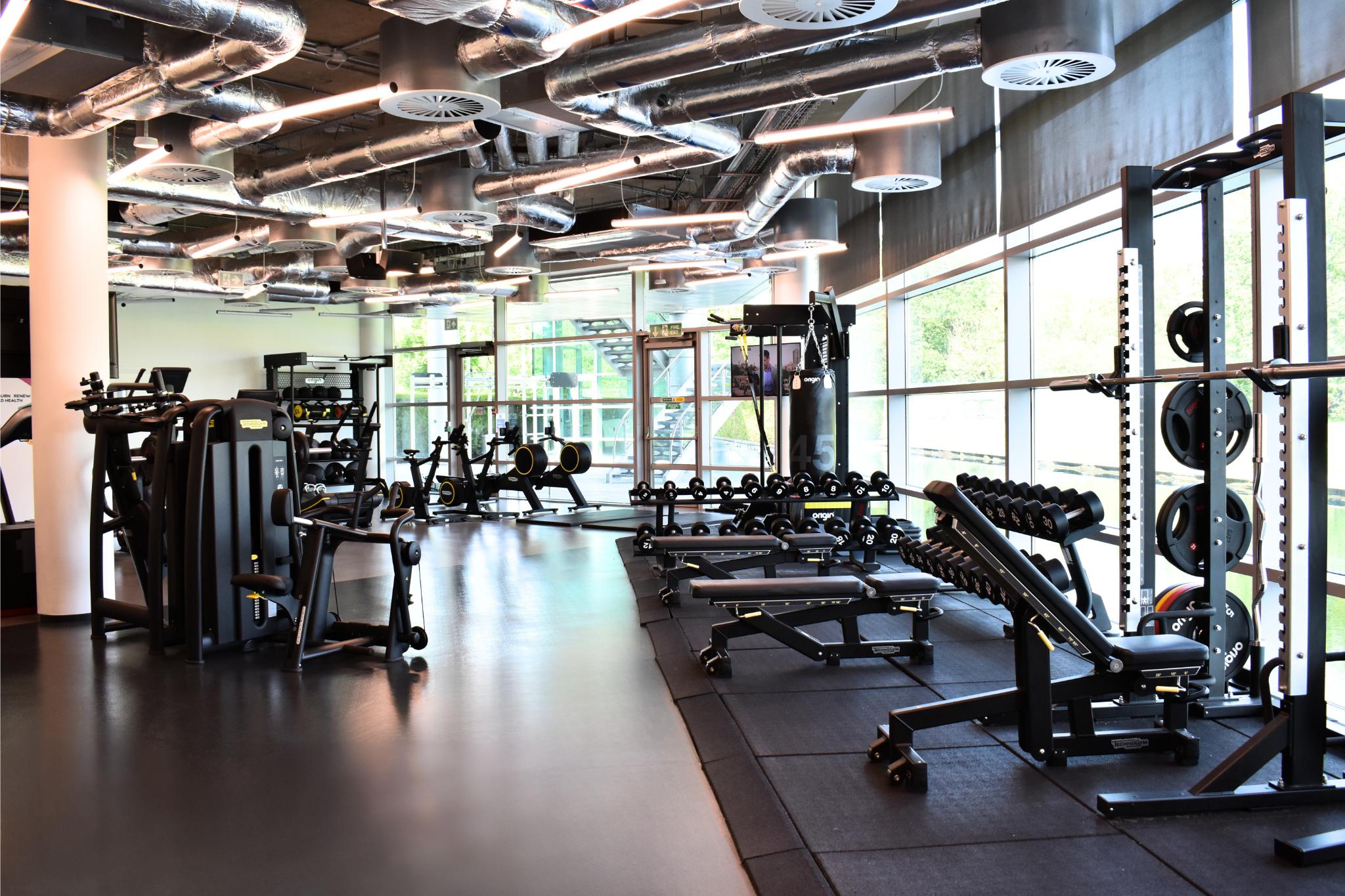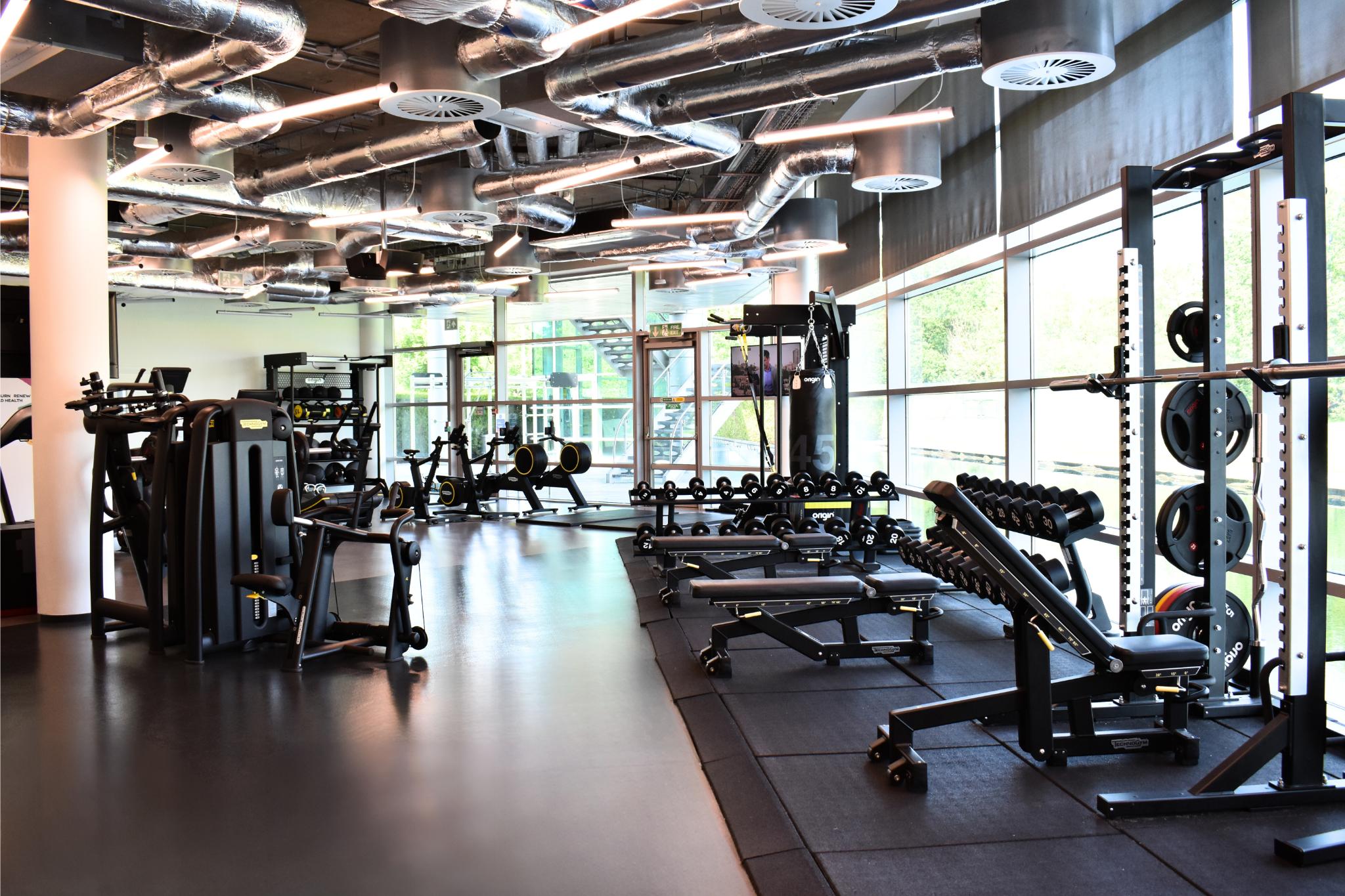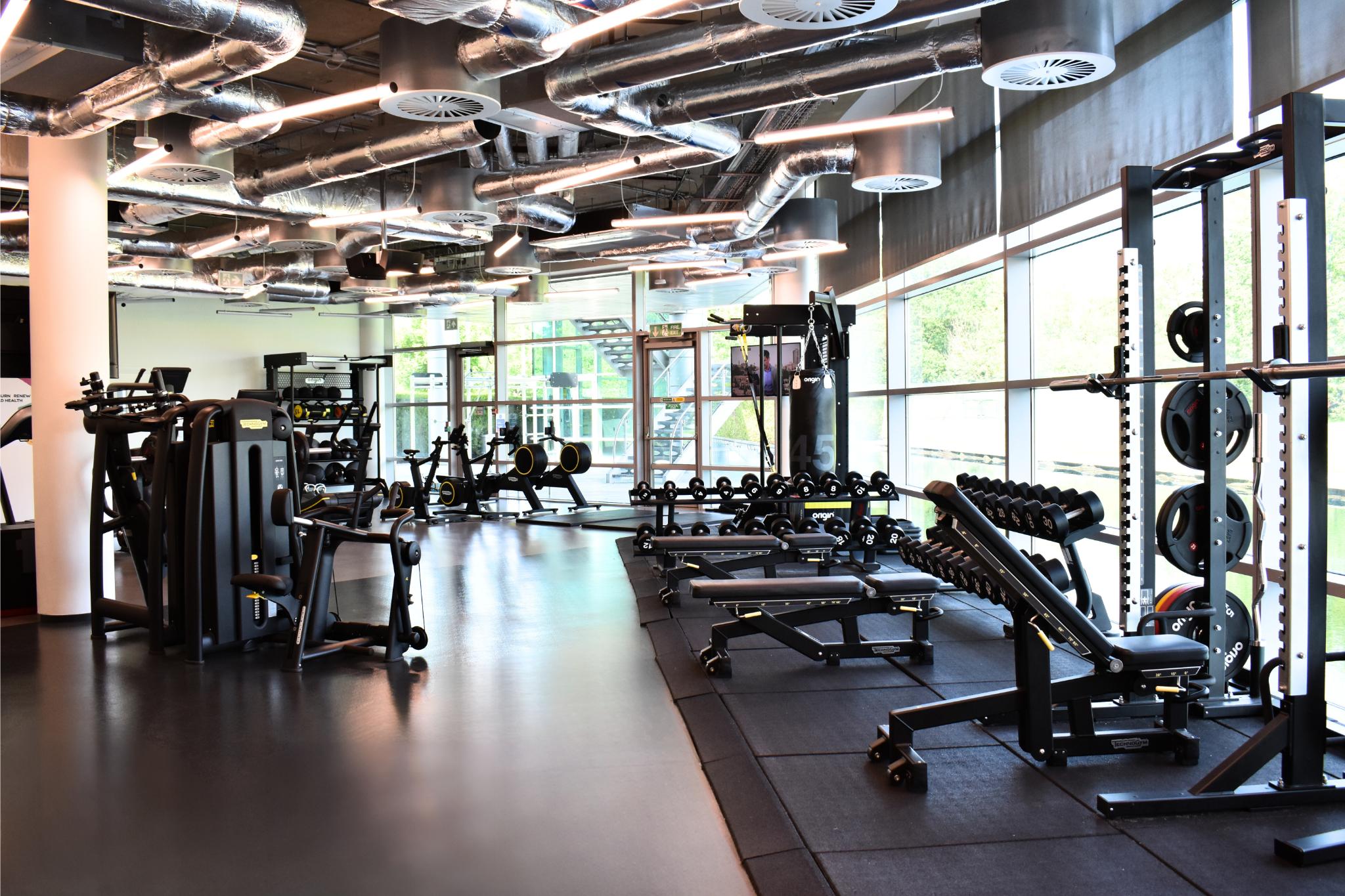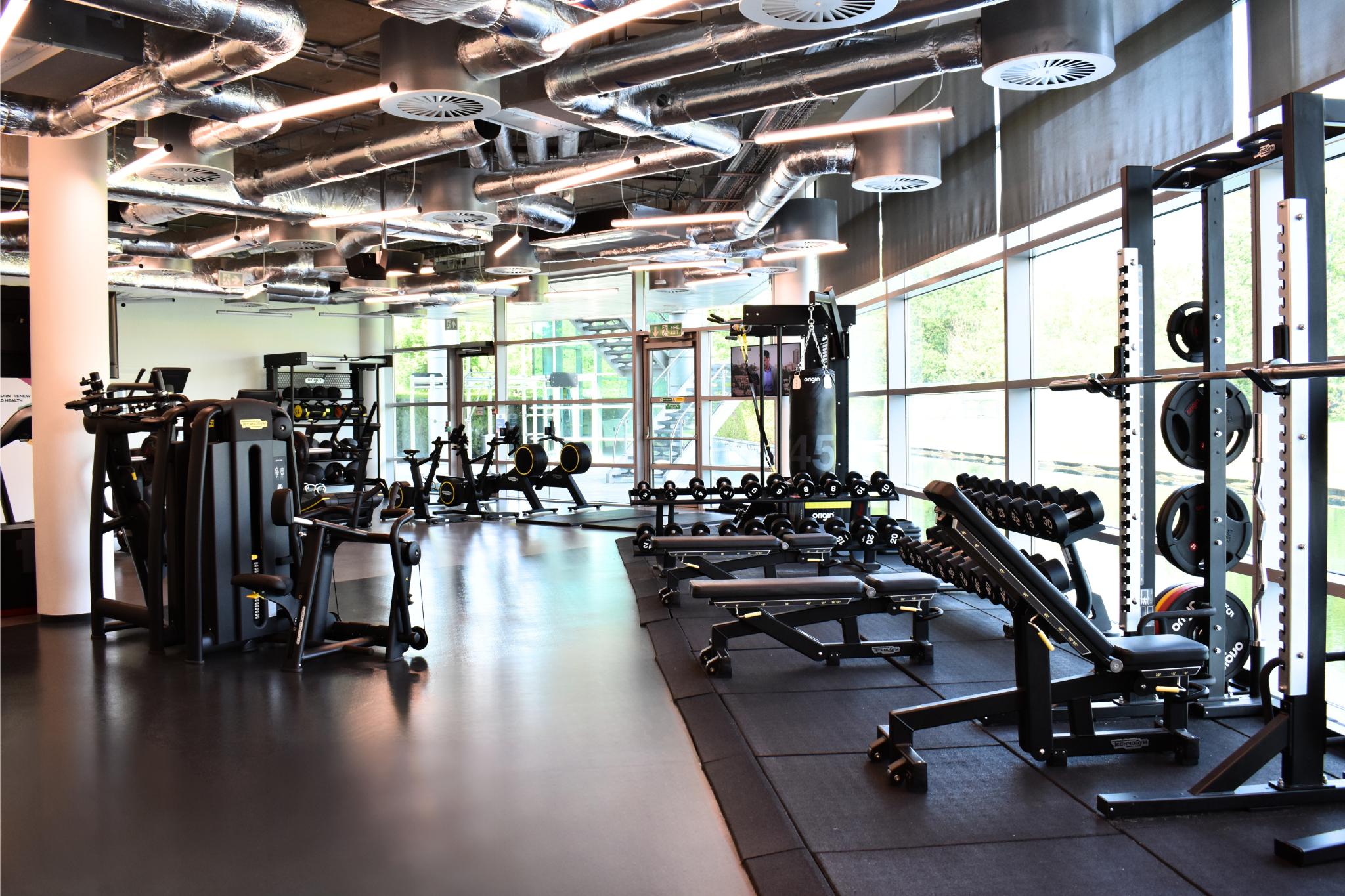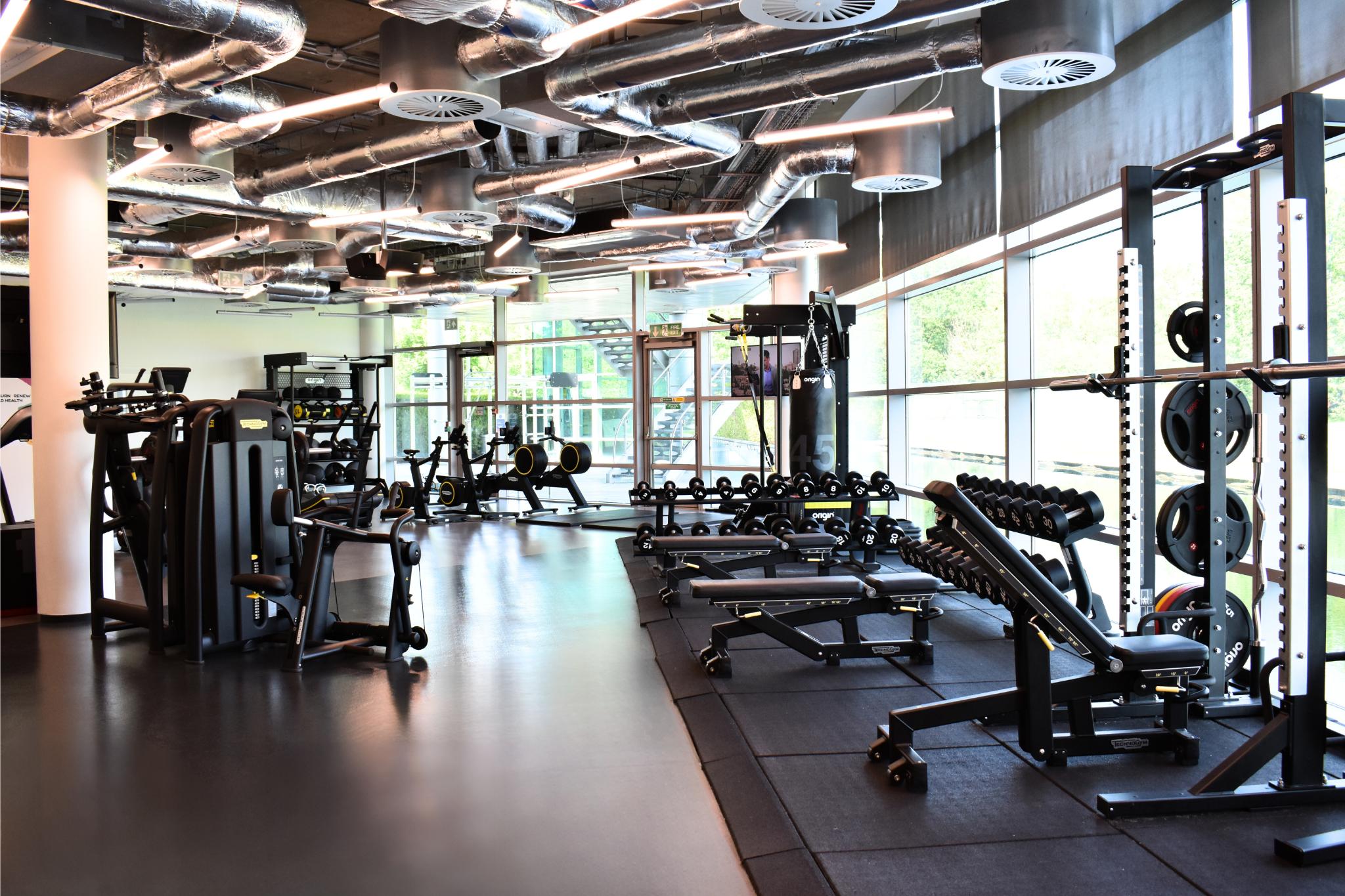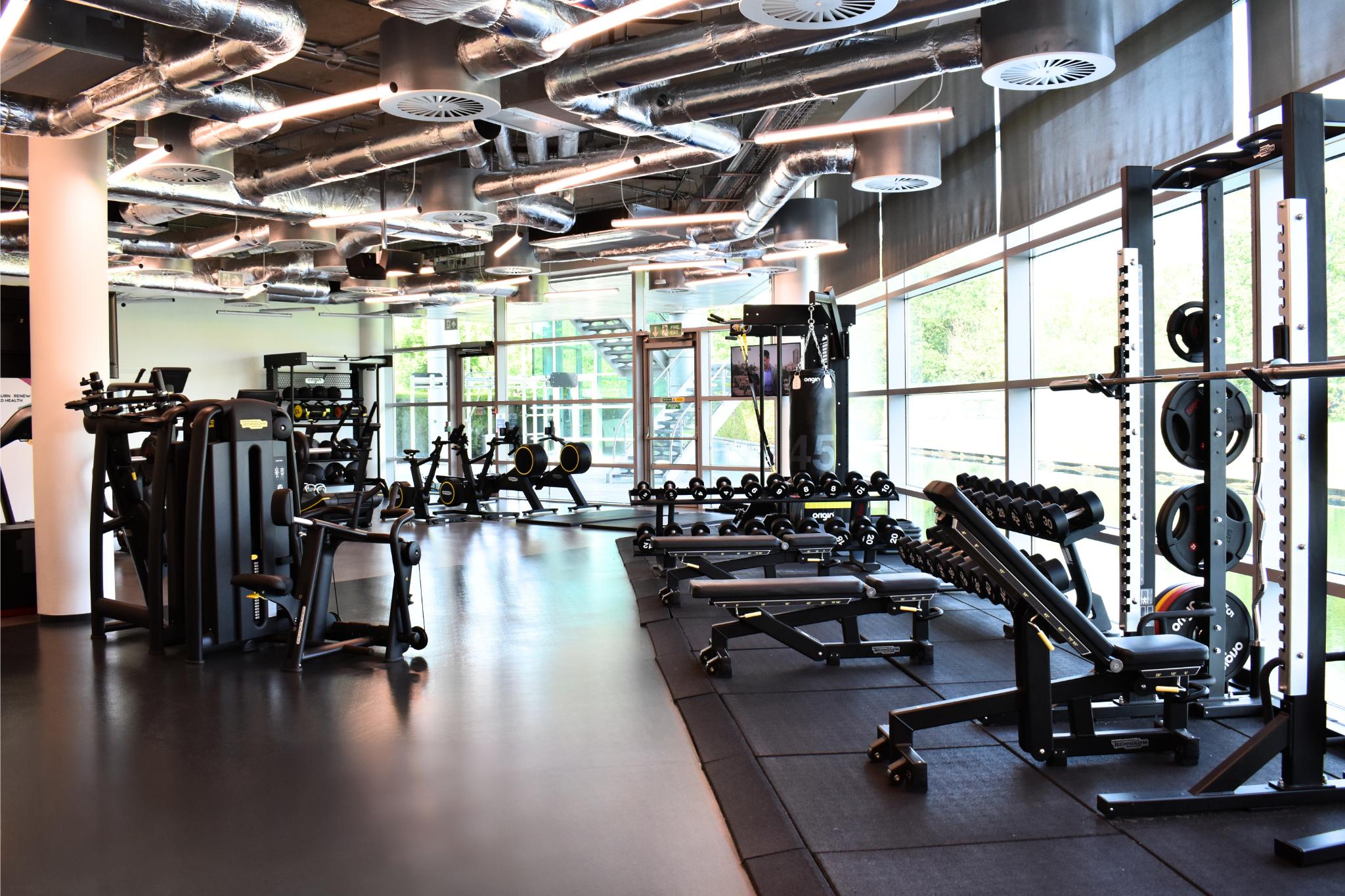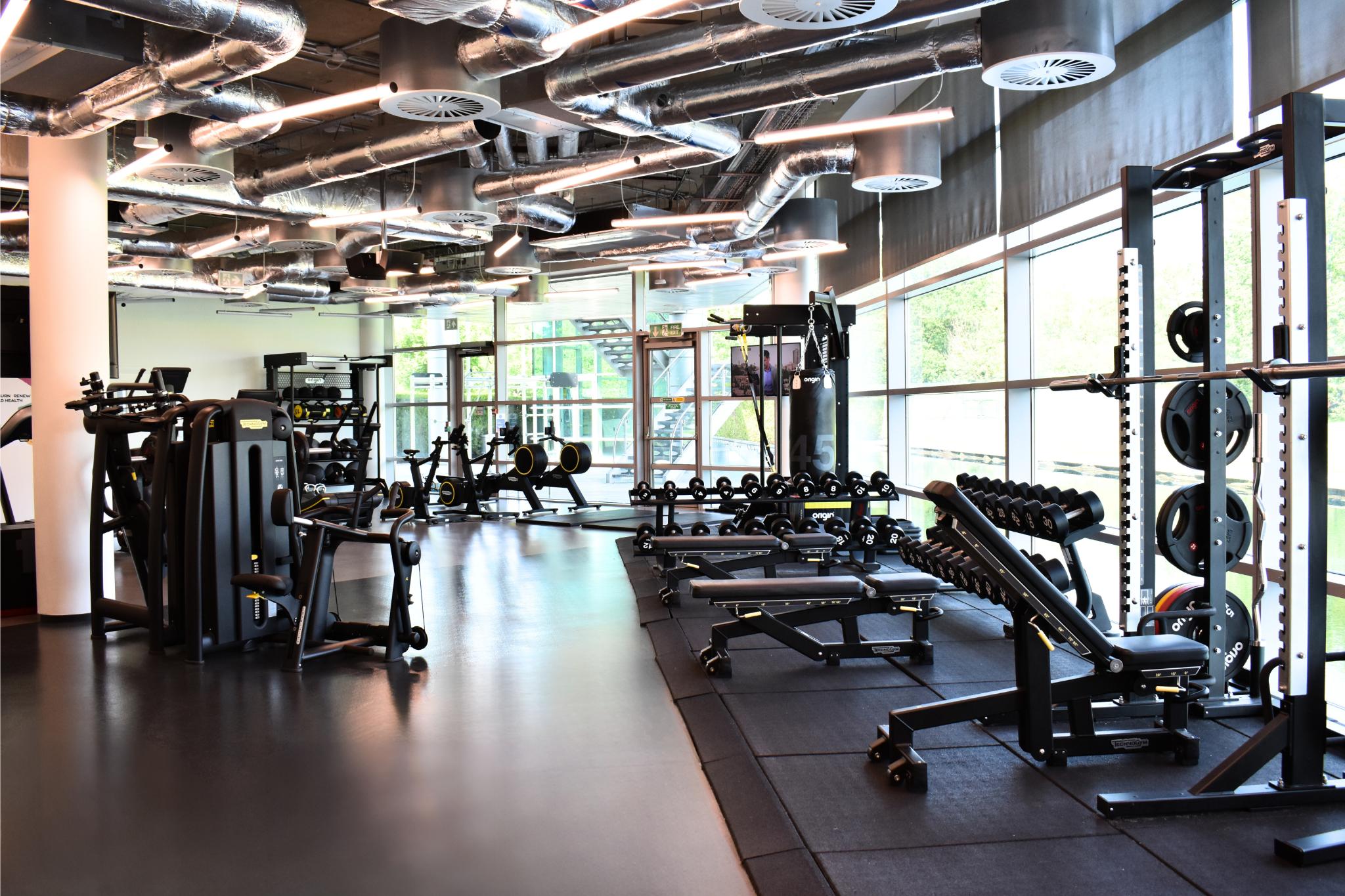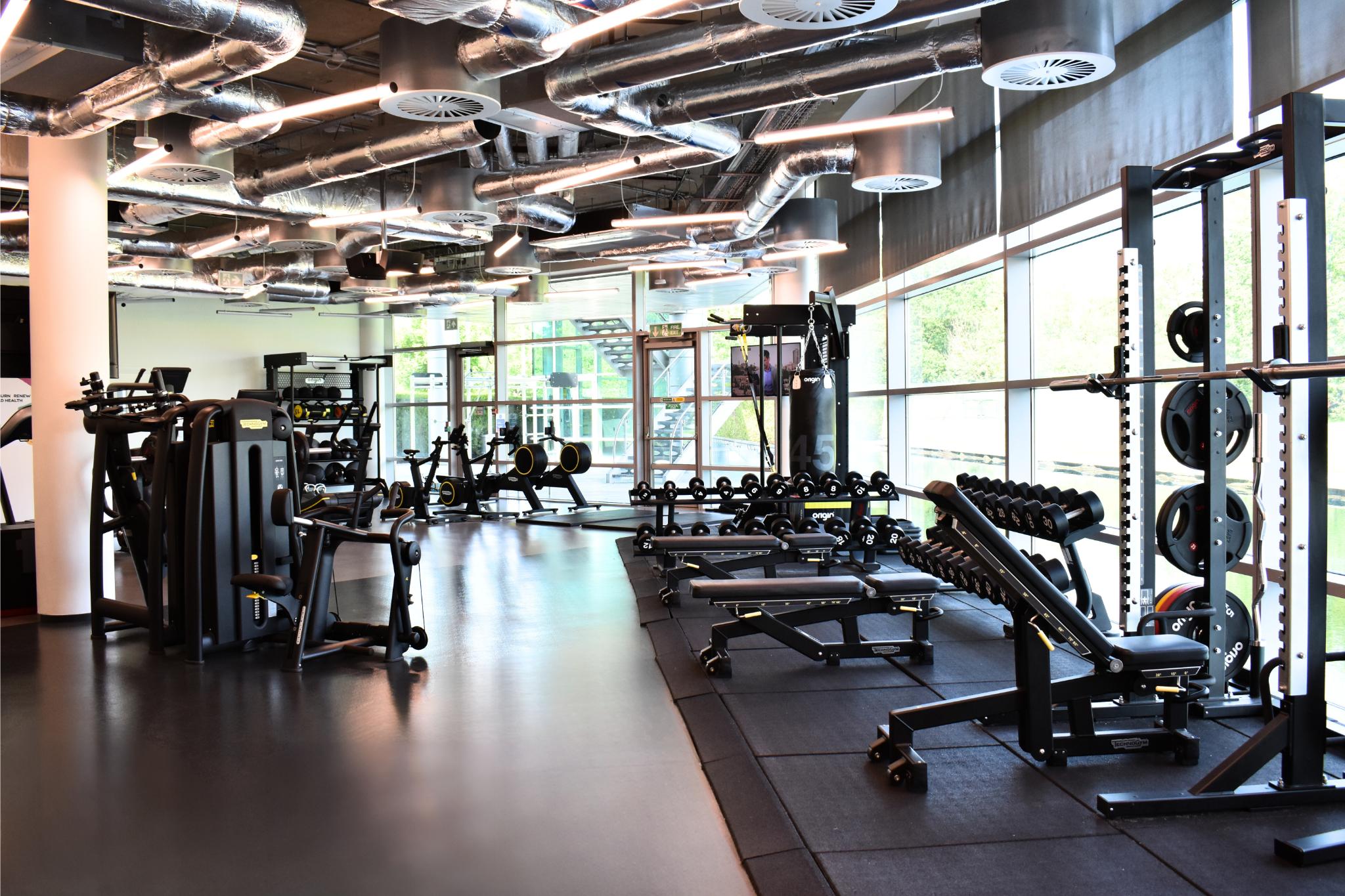Running an independent gym comes with unique challenges and risks that chain gyms and franchises may not face. From equipment malfunctions to me…
Gym Hygiene Insurance: Essential Protection for Fitness Facilities
The fitness industry has undergone significant transformation in recent years, with hygiene and cleanliness becoming paramount concerns for gym owners and members alike. From equipment sanitization to air quality management, maintaining impeccable hygiene standards is no longer just about customer satisfaction – it's a critical business requirement that carries substantial liability risks.
Gym hygiene insurance provides specialized coverage designed to protect fitness facilities from the unique risks associated with maintaining clean, safe environments for their members. This comprehensive protection goes beyond standard commercial insurance to address the specific challenges that gyms, health clubs, and fitness centers face in today's health-conscious market.
Understanding Gym Hygiene Risks
Modern fitness facilities face numerous hygiene-related challenges that can result in significant financial exposure. Equipment contamination represents one of the most pressing concerns, as shared exercise machines, weights, and accessories can harbor bacteria, viruses, and other pathogens despite regular cleaning protocols.
Locker room and changing facility hygiene presents another major risk area. These high-moisture environments are breeding grounds for fungi, bacteria, and other microorganisms that can cause skin infections, respiratory issues, and other health problems among members. Poor ventilation, inadequate cleaning, or facility maintenance failures can quickly escalate into serious liability situations.
Swimming pools and spa facilities, where present, introduce additional complexity with water quality management, chemical balance maintenance, and filtration system reliability. A single incident involving contaminated water can result in multiple member illnesses and substantial legal claims.
Air quality and ventilation systems have gained increased attention, particularly following recent global health events. Inadequate air circulation, poor filtration, or HVAC system failures can contribute to the spread of airborne pathogens, creating significant liability exposure for gym operators.
Coverage Components of Gym Hygiene Insurance
Professional liability protection forms the cornerstone of gym hygiene insurance, covering claims arising from alleged failures in maintaining proper hygiene standards. This includes situations where members contract illnesses or infections that they attribute to poor facility cleanliness or inadequate sanitization procedures.
Product liability coverage addresses incidents involving cleaning products, sanitizers, or hygiene equipment that may cause harm to members or staff. This protection is particularly important given the increased use of stronger disinfectants and sanitization technologies in fitness facilities.
Business interruption insurance becomes crucial when hygiene-related incidents force temporary facility closure for deep cleaning, remediation, or health department investigations. This coverage helps maintain cash flow during closure periods and covers the costs of alternative arrangements for members.
Property damage protection covers the costs of specialized cleaning, decontamination, and equipment replacement following hygiene-related incidents. This includes coverage for HVAC system cleaning, surface sanitization, and replacement of contaminated equipment or materials.
Legal defense coverage provides protection against the substantial legal costs associated with defending hygiene-related claims, even when allegations prove unfounded. Given the complexity of proving or disproving contamination sources, legal defense costs can quickly escalate.
Industry-Specific Considerations
Different types of fitness facilities face varying levels of hygiene-related risk exposure. Traditional gyms with extensive cardio and weight equipment require comprehensive coverage for equipment sanitization failures and member-to-member contamination risks.
Boutique fitness studios offering specialized classes like yoga, pilates, or spinning face unique challenges related to shared equipment, close-contact activities, and specialized cleaning requirements for different types of equipment and surfaces.
Swimming and aquatic facilities require specialized coverage addressing pool chemistry management, water quality control, and the complex regulations governing public swimming facilities. The potential for waterborne illness outbreaks makes this coverage particularly critical.
Spa and wellness centers within fitness facilities face additional risks related to personal care services, shared treatment equipment, and the intimate nature of many wellness services. These facilities often require enhanced coverage limits and specialized policy provisions.
Regulatory Compliance and Standards
Gym hygiene insurance must align with increasingly stringent health department regulations and industry standards. Local health authorities typically establish specific requirements for equipment cleaning frequencies, sanitization procedures, and facility maintenance protocols.
Professional fitness industry organizations have developed comprehensive hygiene guidelines that many insurance providers reference when establishing coverage terms and conditions. Compliance with these voluntary standards often results in more favorable insurance terms and reduced premium costs.
Staff training and certification requirements have become more rigorous, with many jurisdictions requiring documented training programs for cleaning and sanitization procedures. Insurance providers increasingly require evidence of proper staff training as a condition of coverage.
Documentation and record-keeping requirements have expanded significantly, with insurers expecting detailed logs of cleaning activities, equipment maintenance, and incident reporting. Proper documentation can be crucial in defending against hygiene-related claims.
Risk Management and Prevention
Effective risk management begins with developing comprehensive hygiene protocols that exceed minimum regulatory requirements. This includes establishing detailed cleaning schedules, sanitization procedures, and quality control measures for all facility areas and equipment.
Staff training programs should cover proper cleaning techniques, chemical handling procedures, and incident recognition and response protocols. Regular training updates and competency assessments help ensure consistent application of hygiene standards.
Equipment selection and maintenance play crucial roles in hygiene risk management. Choosing equipment with antimicrobial surfaces, easy-to-clean designs, and reliable sanitization features can significantly reduce contamination risks and associated insurance claims.
Member education and communication help establish clear expectations and shared responsibility for facility hygiene. Providing sanitization supplies, posting hygiene guidelines, and encouraging member participation in cleanliness efforts can reduce overall risk exposure.
Claims Management and Response
When hygiene-related incidents occur, prompt and professional response is essential for minimizing both member impact and insurance claim costs. This includes immediate facility assessment, professional cleaning and remediation, and comprehensive incident documentation.
Member communication during hygiene incidents requires careful balance between transparency and legal protection. Working closely with insurance providers and legal counsel helps ensure appropriate communication that maintains member trust while protecting against unnecessary liability exposure.
Health department cooperation and compliance during investigations can significantly impact claim outcomes. Maintaining positive relationships with regulatory authorities and demonstrating proactive compliance efforts often results in more favorable resolution of hygiene-related incidents.
Cost Factors and Premium Considerations
Gym hygiene insurance premiums vary significantly based on facility size, member capacity, and the range of services offered. Larger facilities with more diverse amenities typically face higher premium costs due to increased exposure and complexity.
Claims history plays a major role in premium determination, with facilities maintaining clean claims records often qualifying for significant discounts. Conversely, facilities with previous hygiene-related claims may face higher premiums or coverage restrictions.
Risk management investments can substantially impact insurance costs. Facilities demonstrating superior hygiene protocols, staff training programs, and preventive maintenance procedures often qualify for premium reductions and enhanced coverage terms.
Geographic location affects premium costs due to varying regulatory requirements, local health department standards, and regional litigation trends. Urban facilities often face higher premiums due to increased regulatory scrutiny and higher claim frequencies.
Choosing the Right Coverage
Selecting appropriate gym hygiene insurance requires careful assessment of facility-specific risks and exposure levels. This includes evaluating member demographics, facility amenities, and local regulatory requirements to determine optimal coverage limits and policy features.
Working with insurance professionals experienced in fitness industry risks ensures access to specialized coverage options and competitive pricing. Many standard commercial insurance policies exclude or inadequately address hygiene-related risks, making specialized coverage essential.
Policy comparison should focus on coverage breadth, exclusions, claims handling procedures, and insurer financial stability rather than premium costs alone. The lowest-cost option may not provide adequate protection for facility-specific risks.
Regular coverage reviews help ensure insurance protection keeps pace with facility changes, regulatory updates, and evolving industry standards. Annual policy reviews with qualified insurance professionals help identify coverage gaps and optimization opportunities.
Future Trends and Considerations
The fitness industry continues evolving toward enhanced hygiene standards and member safety expectations. Insurance coverage must adapt to address emerging risks related to new cleaning technologies, evolving pathogens, and changing regulatory requirements.
Technology integration in hygiene management, including automated sanitization systems and real-time air quality monitoring, creates new coverage considerations for equipment failure and technology-related liability risks.
Member expectations for hygiene transparency and accountability continue rising, creating potential new liability exposures related to hygiene communication, facility monitoring, and member safety assurance.
Regulatory evolution at local, state, and federal levels requires ongoing attention to ensure insurance coverage remains compliant with changing requirements and standards.
Conclusion
Gym hygiene insurance represents essential protection for modern fitness facilities operating in an environment of heightened health awareness and regulatory scrutiny. The specialized nature of hygiene-related risks in fitness environments requires coverage that goes beyond standard commercial insurance policies.
Facility owners who invest in comprehensive gym hygiene insurance protection, combined with robust risk management practices, position themselves for sustainable success in the competitive fitness industry. The cost of appropriate insurance coverage pales in comparison to the potential financial impact of uninsured hygiene-related claims.
As the fitness industry continues adapting to evolving health standards and member expectations, gym hygiene insurance will remain a critical component of comprehensive risk management strategies. Facility owners who recognize this reality and act accordingly will be best positioned to thrive in the modern fitness landscape.
For fitness facility owners seeking comprehensive gym hygiene insurance protection, professional consultation with experienced insurance advisors can help identify optimal coverage solutions tailored to specific facility risks and requirements. The investment in proper insurance protection provides peace of mind and financial security that allows focus on what matters most – providing safe, clean, and healthy fitness environments for members.


 0330 127 2333
0330 127 2333
